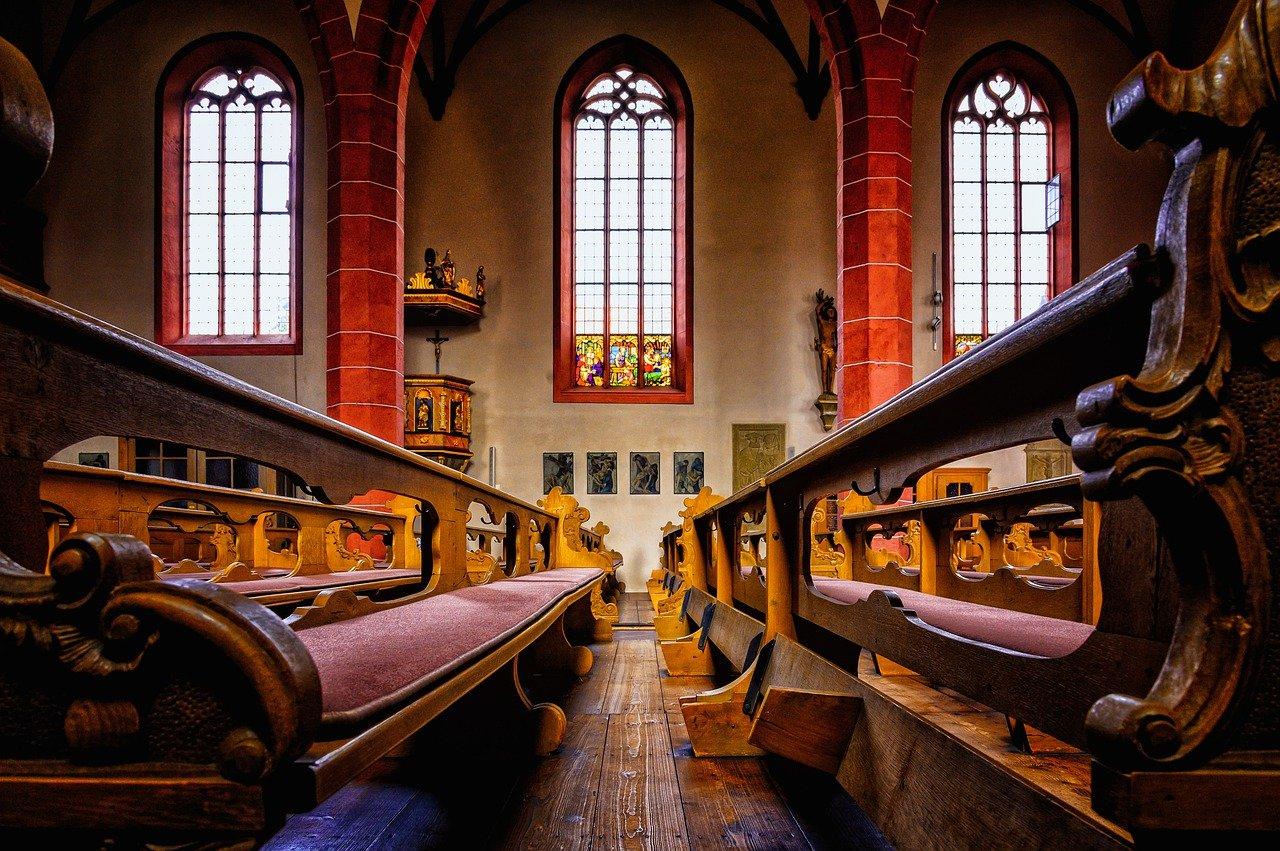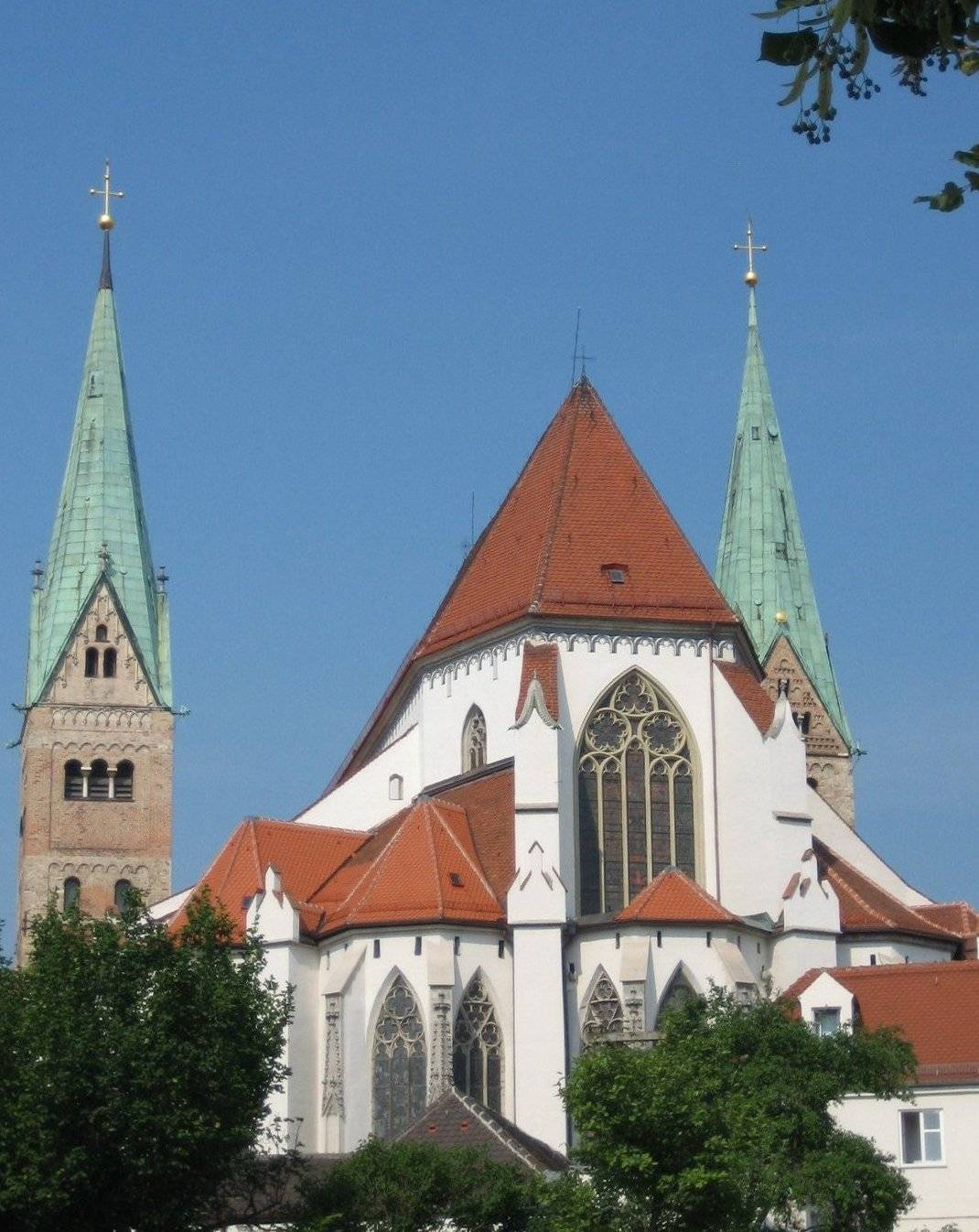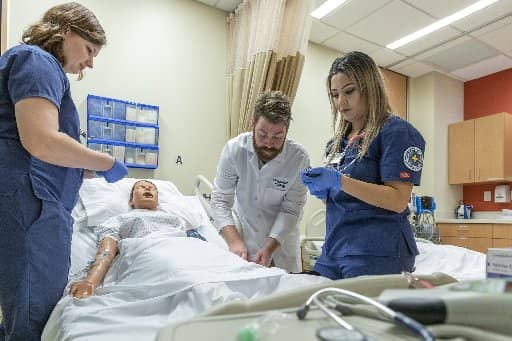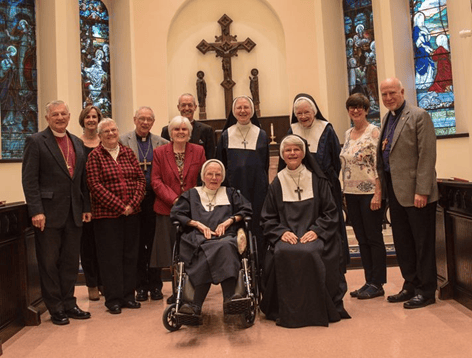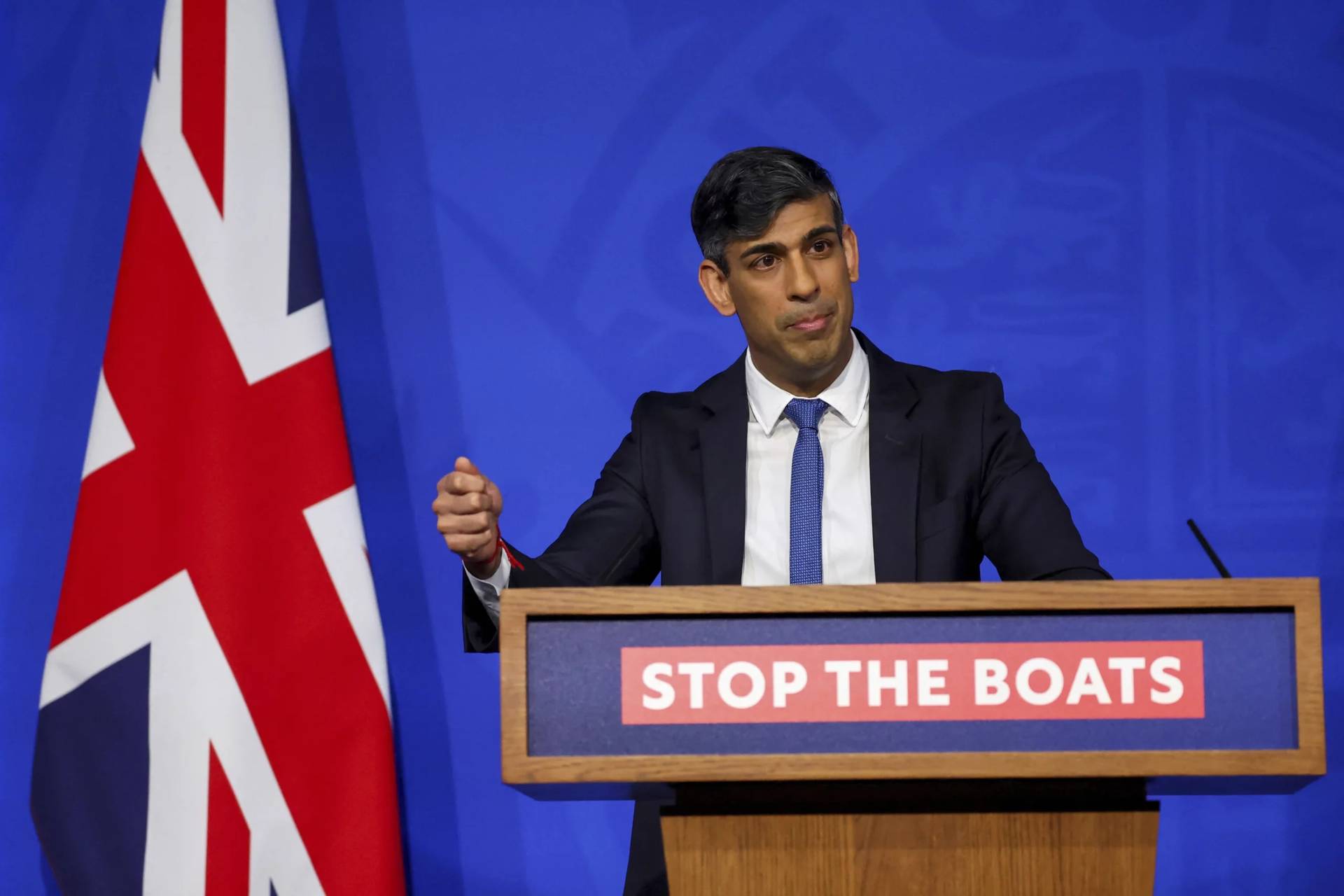BISMARCK, North Dakota — Faith life is important to many North Dakotans.
Recent surveys show that one in three in this state attend religious services weekly. So when faith leaders made the decision to close their doors in March of 2020, the reaction was immediate.
“A bit of shock, I think…it’s unprecedented, we haven’t done this before,” said Father Josh Ehli, Pastor, Cathedral of the Holy Spirit.
That was the initial reaction of a lot of people to the news that COVID-19 would close the doors to their houses of worship. And for weeks, the pews were empty, KFYR-TV reported.
“I had never experienced that, like many of us we had never experienced that, so it was hard not to go,” said Heather Bullinger, Corpus Christi Parishioner.
There were some who mourned, some who were relieved, and there were a lot of questions. Especially for pastors, who had to keep up with the changes.
“I was tired a lot, because it’s like you’re reinventing everything all the time. It’s you don’t have just a plan b…you have a plan b, c, d, e, f for everything…and it’s just exhausting,” said Rev. Lisa Ahlness, Pastor Lutheran Church of the Cross.
At first, worrying about what could happen, how the virus was spread, who was vulnerable and how deadly would it be… was hypothetical.
“It was kind of out there on the periphery of our minds…in my perception,” Ehli said.
But then, it became all too real. Among the first in North Dakota to fall ill were Catholic priests.
“It’s been quite a week…this thing’s for real,” Ehli said.
Monsignor Patrick Schumacher was just weeks into his new assignment as pastor at Corpus Christi Church in Bismarck when he made the announcement on Facebook that he had contracted COVID.
“I felt awful, because it was a difficult time. We were already restricted with directives and then I’m the one who gets sick and people had adverse reactions, which I completely understand,” said Schumacher.
Scary as it was to hear about those first cases, it wasn’t long before everybody knew somebody who was sick. By then, recommendations from the state and the CDC were well established, and churches opened their doors again, but to a new and ever-changing normal. Small gatherings, social distancing, masks, hand-sanitizing and services online for those watching from home.
“We decided right from the beginning to follow the state and CDC guidelines on that and so we were down to 25 percent capacity, and we had a lot of members who didn’t want to come, of course,” Ahlness said.
As the months progressed, people have adapted, for some, perhaps a little too well.
“You know, we started off dressing up in our finest, kneeling the proper postures while we were watching at home, and then with time we’re a little more distracted, and eventually, it’s no longer the Sunday best, it’s jeans and finally it’s on the couch with a cup of coffee,” said Ehli.
That’s one of the reasons he was glad when Bishop David Kagan announced the return of the Sunday obligation for Catholics, despite people’s lingering fears.
“Coming from the faith side of it, death is not to paralyze us,” Ehli said.
He says the timing was a surprise to some, and not everybody was happy about it, but it may have provided a needed push.
“There was a group that I’ve heard from who’ve said, ‘Yeah, I needed that nudge,” said Ehli.
As we approach spring and Easter, many restrictions have been removed, with accommodations such as mask-only services or designated seating for the vulnerable. But social gatherings are still largely cancelled.
“And we haven’t had any potlucks, which, for a Lutheran, that’s a drawback,” said John Kraft, Lutheran Church of the Cross member.
“I’ve missed sharing the peace for one thing, because we’re quite a huggy congregation,” said Jean Kraft, Lutheran Church of the Cross member.
They say being part of a faith family means a great deal.
“The world ‘church’ means gathering. The Church is actually when the people are here, when the people are gathered,” Schumacher said.
Church leaders have worked closely with the State Health Department to sort out the facts from the rumors. At first there was a lot of misinformation. Those who are vulnerable or ill are still encouraged to watch from home.
There are some changes that are likely to remain permanent – such as streamed services online. And in the end, perhaps it’s given people a new appreciation for religious freedom, and the ability to gather with those who share their beliefs.
